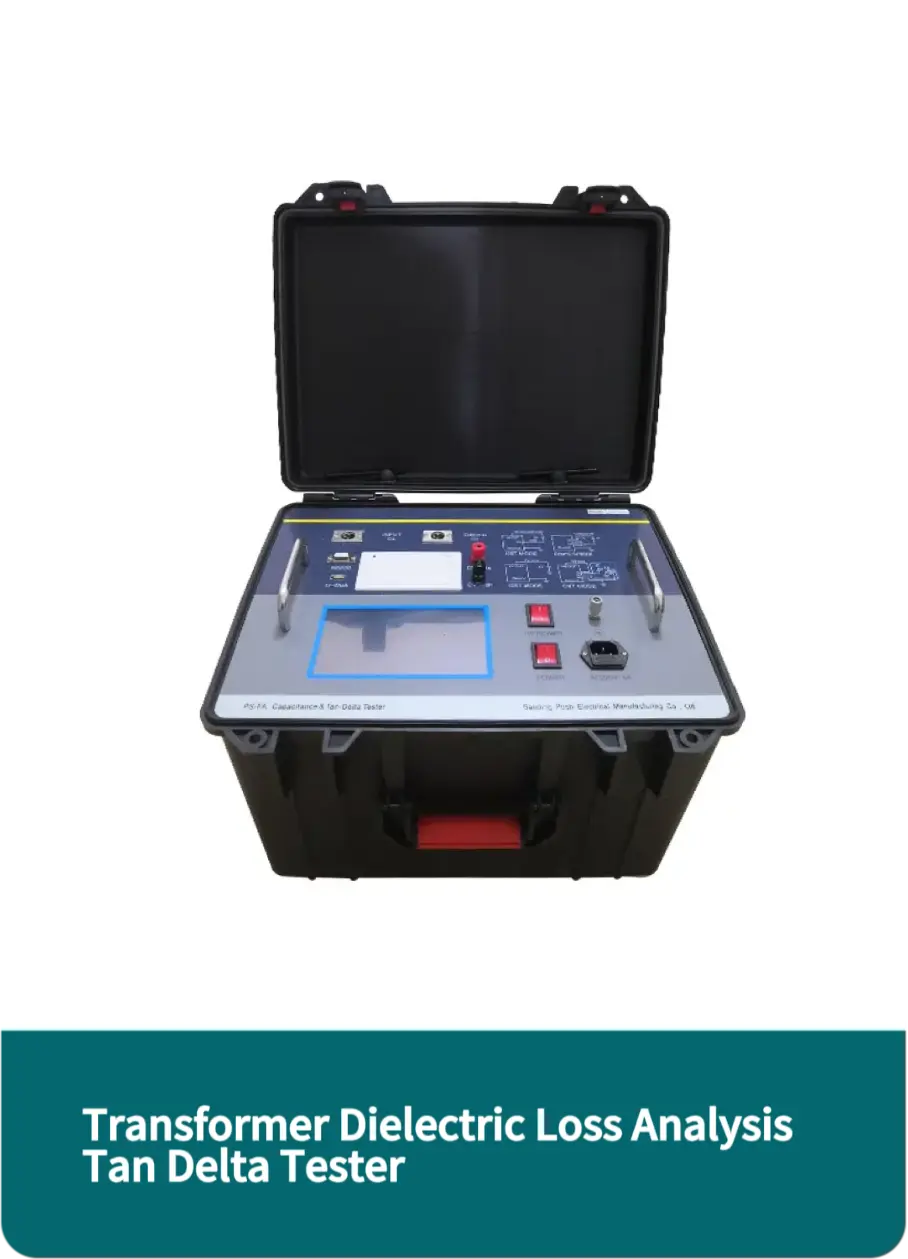 English
English



-
 Afrikaans
Afrikaans -
 Albanian
Albanian -
 Amharic
Amharic -
 Arabic
Arabic -
 Armenian
Armenian -
 Azerbaijani
Azerbaijani -
 Basque
Basque -
 Belarusian
Belarusian -
 Bengali
Bengali -
 Bosnian
Bosnian -
 Bulgarian
Bulgarian -
 Catalan
Catalan -
 Cebuano
Cebuano -
 China
China -
 China (Taiwan)
China (Taiwan) -
 Corsican
Corsican -
 Croatian
Croatian -
 Czech
Czech -
 Danish
Danish -
 Dutch
Dutch -
 English
English -
 Esperanto
Esperanto -
 Estonian
Estonian -
 Finnish
Finnish -
 French
French -
 Frisian
Frisian -
 Galician
Galician -
 Georgian
Georgian -
 German
German -
 Greek
Greek -
 Gujarati
Gujarati -
 Haitian Creole
Haitian Creole -
 hausa
hausa -
 hawaiian
hawaiian -
 Hebrew
Hebrew -
 Hindi
Hindi -
 Miao
Miao -
 Hungarian
Hungarian -
 Icelandic
Icelandic -
 igbo
igbo -
 Indonesian
Indonesian -
 irish
irish -
 Italian
Italian -
 Japanese
Japanese -
 Javanese
Javanese -
 Kannada
Kannada -
 kazakh
kazakh -
 Khmer
Khmer -
 Rwandese
Rwandese -
 Korean
Korean -
 Kurdish
Kurdish -
 Kyrgyz
Kyrgyz -
 Lao
Lao -
 Latin
Latin -
 Latvian
Latvian -
 Lithuanian
Lithuanian -
 Luxembourgish
Luxembourgish -
 Macedonian
Macedonian -
 Malgashi
Malgashi -
 Malay
Malay -
 Malayalam
Malayalam -
 Maltese
Maltese -
 Maori
Maori -
 Marathi
Marathi -
 Mongolian
Mongolian -
 Myanmar
Myanmar -
 Nepali
Nepali -
 Norwegian
Norwegian -
 Norwegian
Norwegian -
 Occitan
Occitan -
 Pashto
Pashto -
 Persian
Persian -
 Polish
Polish -
 Portuguese
Portuguese -
 Punjabi
Punjabi -
 Romanian
Romanian -
 Russian
Russian -
 Samoan
Samoan -
 Scottish Gaelic
Scottish Gaelic -
 Serbian
Serbian -
 Sesotho
Sesotho -
 Shona
Shona -
 Sindhi
Sindhi -
 Sinhala
Sinhala -
 Slovak
Slovak -
 Slovenian
Slovenian -
 Somali
Somali -
 Spanish
Spanish -
 Sundanese
Sundanese -
 Swahili
Swahili -
 Swedish
Swedish -
 Tagalog
Tagalog -
 Tajik
Tajik -
 Tamil
Tamil -
 Tatar
Tatar -
 Telugu
Telugu -
 Thai
Thai -
 Turkish
Turkish -
 Turkmen
Turkmen -
 Ukrainian
Ukrainian -
 Urdu
Urdu -
 Uighur
Uighur -
 Uzbek
Uzbek -
 Vietnamese
Vietnamese -
 Welsh
Welsh -
 Bantu
Bantu -
 Yiddish
Yiddish -
 Yoruba
Yoruba -
 Zulu
Zulu
potential transformer test
Understanding Potential Transformer Testing A Comprehensive Guide
Potential transformers (PTs) play a vital role in electrical systems by stepping down high voltage levels to manageable values suitable for measuring instruments and protection devices. Testing these transformers is crucial for ensuring their accuracy and reliability. This article provides an overview of potential transformer testing, including the methodologies, key tests, and the importance of these inspections.
The Role of Potential Transformers
Before diving into the testing processes, it is essential to understand what potential transformers are and why they are necessary. A potential transformer is a type of instrument transformer that reduces high voltage to a lower, standardized level. This reduction allows for safe and accurate voltage measurement, essential for operations in power systems, industrial facilities, and even commercial sectors. The reduced output can be used for metering, protection, and control systems, ensuring that operators and equipment can function safely.
Testing of Potential Transformers
The testing of potential transformers involves several key procedures, aimed at verifying performance, accuracy, and safety
. The primary tests conducted can include the following1. Ratio Test This test confirms that the transformation ratio of the potential transformer is correct. It involves measuring the primary voltage and the secondary voltage to ensure they adhere to expected values. A precise ratio is crucial for accurate voltage measurement, and any discrepancy could lead to operational failures.
2. Insulation Resistance Test This test assesses the integrity of the insulation within the transformer. High insulation resistance values indicate that the PT can withstand voltage stress without any leakage current. This test helps to prevent failures that could arise due to insulation breakdown, which can pose safety hazards.
potential transformer test

3. Transformer Burden Test The burden refers to the load connected to the secondary side of the transformer. Testing the transformer under various burdens ensures it operates within specified limits and performs correctly. Overloading or underloading can result in inaccurate readings or potential damage to the transformer.
4. Phasing Test This test checks the phase relationship between the primary and secondary voltages. Correct phasing is critical for synchronization in power network applications. Any misalignment could lead to significant operational issues, impacting the overall system.
5. Frequency Response Analysis This advanced test evaluates the transformer's response to different frequency inputs. It helps identify any potential issues related to the transformer design or condition that may not be apparent under standard testing conditions.
6. Thermal Imaging Using thermal imaging to monitor temperature distribution across the potential transformer can reveal overheating issues, which often indicate underlying problems within the transformer. This non-invasive test is essential for preventive maintenance.
Importance of Regular Testing
Regular testing of potential transformers is essential for several reasons
- Accuracy Ensuring that potential transformers provide accurate voltage measurements is crucial for the overall efficiency of electrical systems. - Safety Regular testing helps identify issues that could pose safety risks to personnel and equipment. - Longevity Routine inspections and maintenance can extend the life of potential transformers, reducing long-term operational costs. - Compliance Many regulatory frameworks require regular testing and certification of electrical equipment to ensure safety and reliability.
In conclusion, potential transformer testing is a fundamental aspect of electrical system maintenance. Through a series of specialized tests, operators can ensure the transformers function accurately, safely, and efficiently. By committing to regular inspection and testing protocols, facilities can safeguard their operations and contribute to the overall stability and reliability of electrical power systems.
-
Testing Equipment Industry Sees Major Advancements in 2025: Smart & Precision Technologies Lead the WayNewsJun.06,2025
-
Applications of Direct Current Generators in Renewable Energy SystemsNewsJun.05,2025
-
Hipot Tester Calibration and Accuracy GuidelinesNewsJun.05,2025
-
Digital Circuit Breaker Analyzer Features and BenefitsNewsJun.05,2025
-
Benefits of Real-Time Power Quality Monitoring Devices for Industrial EfficiencyNewsJun.05,2025
-
Earth Fault Loop Testing in High-Rise Building Electrical SystemsNewsJun.05,2025



